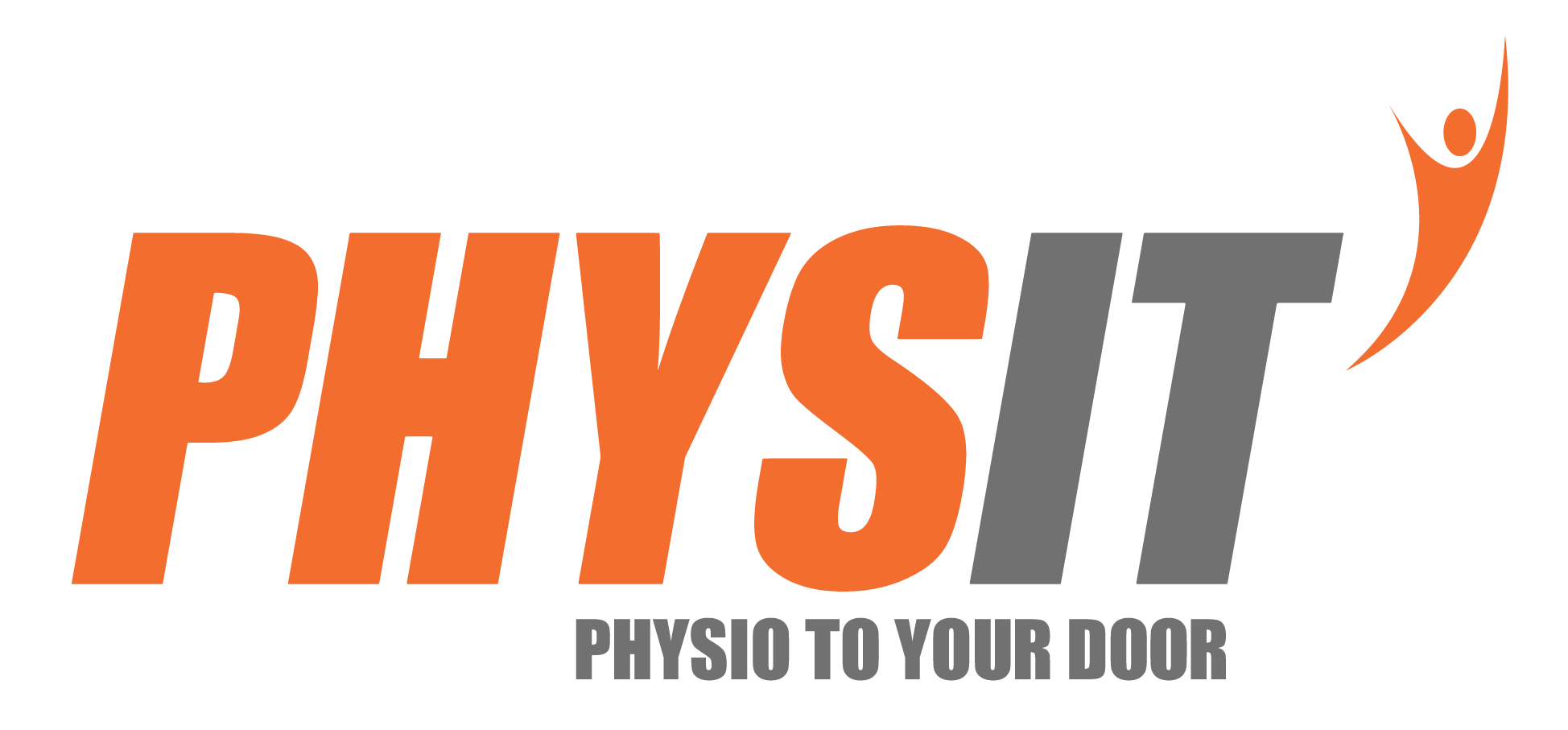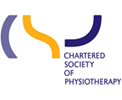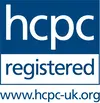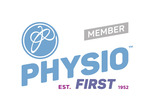I am fortunate enough to not only have the pleasure of working for Physit, treating a wide variety of injuries, aches and pains; but also to work on a medical research trial which is a collaboration with Barts Health NHS Trust and Queen Mary University London.
Prior to joining Physit, my role for the past 2 years was spilt 50/50 helping to run the T-TEAM-1 trial and also as a musculoskeletal specialist physiotherapist.
The trial enabled me to gain greater experience and speciality in the assessment of foot and running injuries, specifically Achilles tendinopathy. A problem which affects manypeople in their day-to-day lives, especially runners and athletes.
What is Achilles tendinopathy?
Achilles tendinopathy is a condition that causes pain, swelling and stiffness of the Achilles tendon which joins your heel bone to your calf muscles. Pain often builds up gradually, worsening during or after exercise and stiffness is most notable in the mornings. It can be difficult to effect
ively treat and manage unless advice is sought.
So what is a clinical research trial? Any why do we need them?
A clinical research trial is a medical trial helping clinicians to learn more about various conditions and the best way to treat them. Physiotherapy is no different to I.T. technology or Space exploration when it comes to continuous progressions and developments. Clinical research trials help us to understand and find what the BEST, MOST
EFFECTIVE and SAFEST treatments are so that we can provide them to you, our patients.

What is the T-TEAM-1 Tendinopathy Trial about?
The trial is fronted by Dr Dylan Morrissey – a clinician who can be considered a ‘tendon guru’ in the physio world and someone who brings vast experience to what is now potentially the biggest ongoing trial into the current treatments for Achilles tendinopathy.
The trial is a 3-armed randomised controlled trial for people who have had pain in their tendon for over 3 months. Following a thorough assessment and ultrasound scan to confirm diagnosis, participants are randomised into one of 3 possible treatments – all of these treatments are proven safe and effective in the management of this pain, however we are trying to identify if one works better over another.
- Specific Physiotherapy based exercises only – this involves loading the tendon with weight gradually to increase its tolerance
- The physio based exercise PLUS shock wave therapy
- The physio based exercise PLUS a one off ultra-sound guided high volume injection
All participants are then monitored at regular intervals up to a year post the start of their treatment alongside their physiotherapy.






